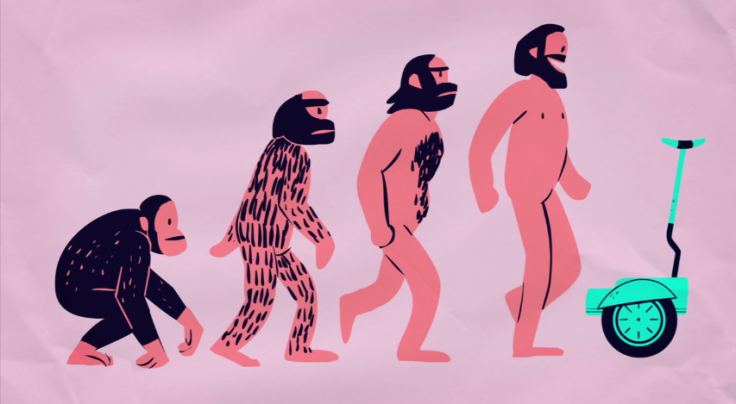Motion Sickness Still A Mystery For Scientists Studying Evolution’s Effects On Modern Travel

The science of motion sickness understands much of what the ailment looks like and how we come about contracting it. But the research into why we toss our lunch into hastily-found bags remains a mystery.
The best we can say is that our bodies respond to it in much the same way as we do to food poisoning — nausea and sickness as a result of hallucinatory motion. Research from as early as 1977 found the two ailments share feelings of dizziness, loss of coordination, and bursts of unceremonious puking. This doesn’t explain why riding in a car or enjoying a leisurely float on the water should cause your body to react so viscerally.
Leading theories suggest motion sickness arises from a disconnect between what we see and what we feel. Sensory conflict theory, as it’s known, relies on the interplay between your eyes, which may see the inside of a static car, and your ears, which can sense through tiny inner hairs, which track motion, that you’re moving on the highway. Or maybe you’re seeing a movie and the opposite occurs: Your eyes see motion on the screen, but your ears know you’re sitting down, immobile.
Dr. Thomas Stoffregen, a professor of kinesiology at the University of Minnesota, says the problem will only get worse as smartphones and other electronic media continue to blast moving images at our eyes while we multitask with other activities — a swirling symphony of motion and stillness that confuses our brains and leaves us keeled over, our heads in a bag.
Published by Medicaldaily.com



























